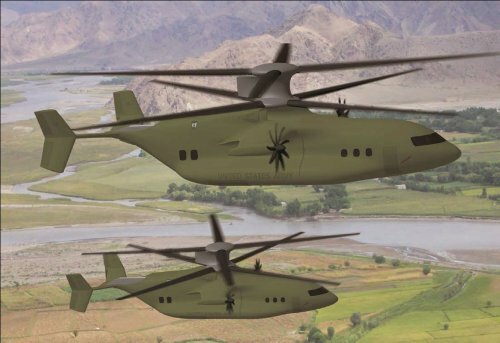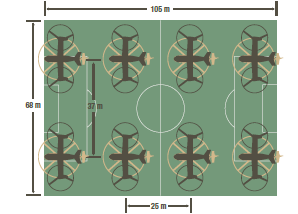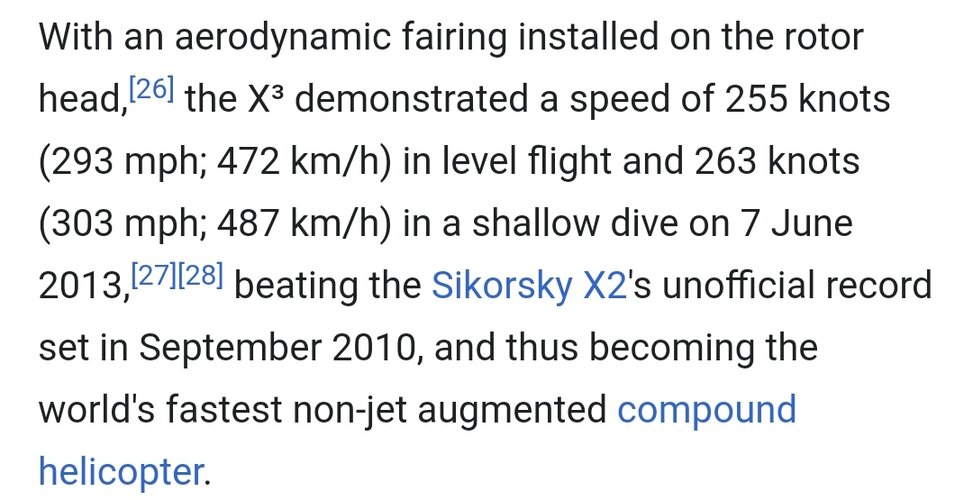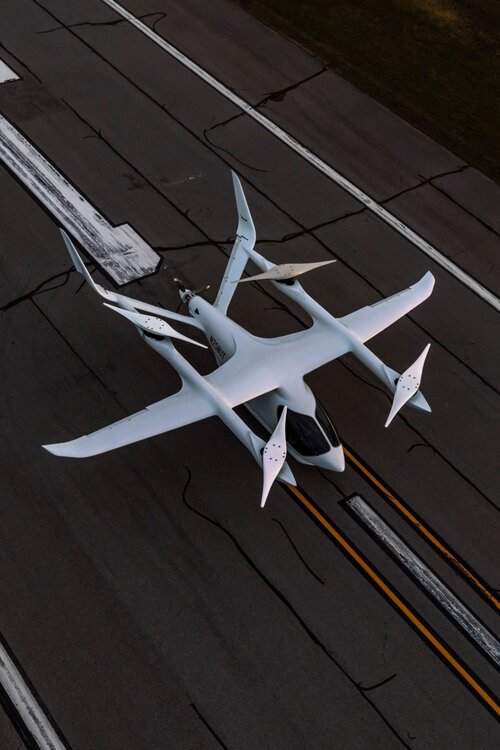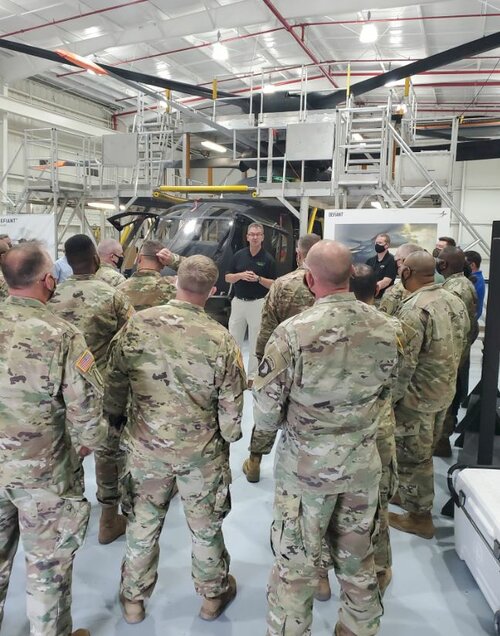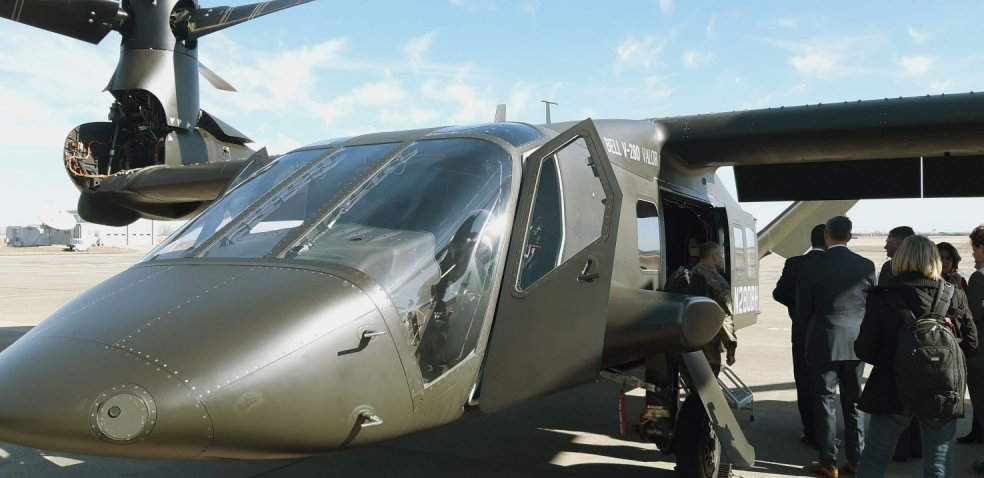_Del_: RE: close proximity:
View attachment 658035
It's a swell picture, but I'm not sure how well it reflects reality when the high disc-loading is throwing dirt everywhere and pilots are coping with a RVL while rounds are flying both directions.
The tilt-rotor is probably going to have a harder time coming straight up and down fully loaded than the coax design, which is going to affect minimum safe distances in some circumstances, and particularly makes obstacle avoidance a chore. Is it going to need more than a 10:1 obstacle avoidance zone around the LZ? If the V-280 is 7 meters high, you're going to want to plan a 70 meter gap for the guy behind him to clear him if he gets stuck on the ground. Maybe more for the tilt rotor. Even in a light Bell 407, you're going to want 100' by 100', for an LZ ideally. It's not just how many footprints you can draw on a football field.
I can also think of at least one instance the Air Force lost a V-22 while flying more than the 250' minimum distance requirement behind the lead aircraft with the nacelles pointed up. FLRAA will be lighter, so that will help, but it's going to be factor.
Considering how limited the envelope expansion on the S-97 has been in over six years and, after flying over a year late, how few hours have actually been flown on the SB>1 in over two years, waiting on the modeling does not fill one with overflowing confidence.
I think some skepticism is warranted, and rightly or wrongly, we are all going to be prejudiced by the slow envelope expansion.
As to the delay, I'm not sure how the customer can ask Sikorsky to pioneer a brand new process and not hand-lay rotor blades as they had planned, and also dock the contractor points because developing that process from scratch cost them a year.
I'm not advocating one over the other. I suspect the X-2 approach is superior in deceleration, hover, agility. There was never any doubt the tilt-rotor approach was going to be faster and longer legged which is also desirable. The crux will be how the Army weighs the requirements. While I suspect, like yasotay said above, the speed and range is probably going to win the day, I'm not sure it's a foregone conclusion, or necessarily the right one. It's the speaking in absolutes that bothers me.


